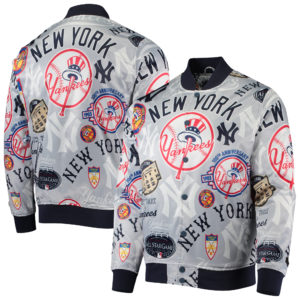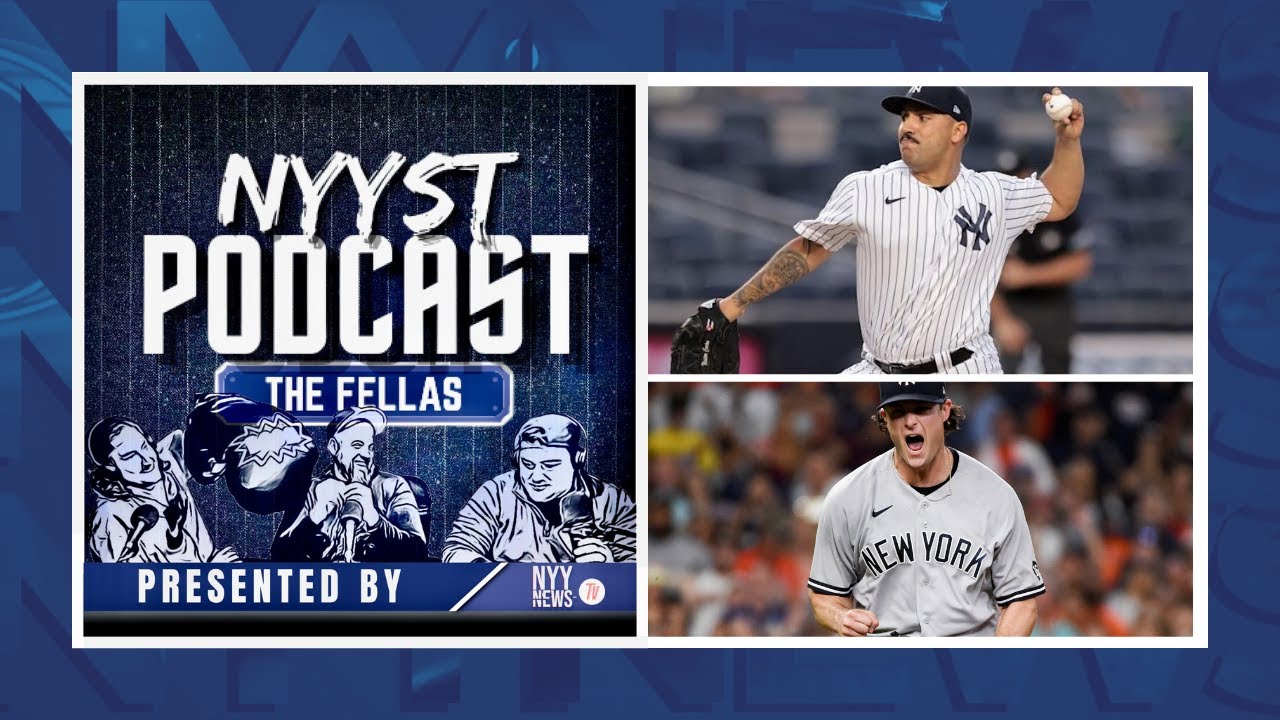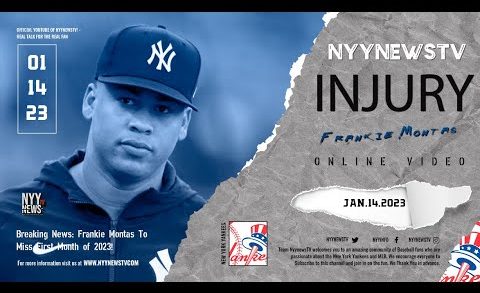Yankees legend and longtime New Jersey resident Yogi Berra died three years ago, but those who knew him remain richer for it.
I’ve been thinking about Yogi Berra.
The Yankees legend died three years ago this past weekend and the more I think of him, the more I smile. Those in my business who knew him as I did will understand that. When he passed away, he didn’t leave us alone. He left us with a treasure chest of memories.
Forget the cliches. Forget the things athletes will say today with one eye on you and one eye on potential endorsements. Yogi was an original. What you saw was what you got.
And when you were with him, he always left you with an insight as to who he was.
It was 2001 and we had a group called Project Pride dedicated to giving Newark kids the same opportunity as suburban kids. Yogi was being honored as our man of the year. And that night we found out who he was and what made him.
The room was packed. No surprise in that. As his life-long friend, Joe Garagiola, once told me:
“He can walk into a ballpark filled with 60,000 people or a room filled with 40, and when they see him, they stand, and it’s as though they are saying, ‘I like this guy. I want him to be my friend.’ If you don’t like Yogi, you’re un-American.”
They didn’t just like him that night.
They loved him.
He was at the Mayfair Farms in West Orange and perhaps a dozen 11- and 12-year-olds surrounded him at the podium. The smallest among them struggled to hold up a large sculpture of a baseball player, as he said: “This is for you, Mr. Berra, from the children of Project Pride.”
Mailbag: How will Yankees survive Did injury?
Yogi lifted the statue with one hand and ruffled the boy’s hair with the other. Then he tried to speak.
“These kids,” he said. “These kids …”
The room remained silent and then he cried, something few people had ever seen, him do. He struggled to regain his composure and finally started over.
“I know these kids,” he said. “These kids are me when I was a kid back on The Hill in St. Louis.”
And there it was.
To know Yogi is to know The Hill. To know The Hill is to know Yogi. Emotionally, he never left it, and all those he touched in New Jersey were the richer for that.
Berra was born on The Hill in 1925. Within four years, the Great Depression squeezed this country in a ferocious economic vise from which there appeared to be no escape. Bankers wrote suicide notes and took long walks off short piers. World War I vets and teenagers alike rode the rails in search of work. No slice of America was exempt.
But The Hill fought back. It was a neighborhood that took care of its own, an insular slice of Italian-American geography where everyone knew your name. It was there that Pietro Berra and Giovanni Garagiola squeezed out a tenuous living as laborers in the nearby clay pits.
Their work stations were next to the kiln, the hottest spot in the pits. They made the bricks in the chill of winter and the blazing heat of St. Louis summers. They also laid the bricks. Pietro and Giovanni laid the ones that formed the walls of the St. Louis Arena and neither one of them made more than $740 a year from the Laclede-Christy Clay Products Co.
In 1918, Pietro and Giovanni helped each other build their homes on the Hill. Family members still live in the gray and white cape cod with the white picket fence. The Berra clan lived at 5447 Elizabeth Avenue, directly across from the Garagiola house.
Little has changed on the block except a plaque marking their Hall of Fame memberships sits in front of both homes. Just as the fathers were co-dependents in the clay pits, so were the sons Larry (to become Yogi) and Joe, brothers on the same journey. They were teammates at age 8.
Back then, all the kids called him “Lawdie,” following the lead of his mother, because her unfamiliarity with English made the name Lawrence a little tricky for her to pronounce.
The Hill.
It never changed and neither did Berra — nine square miles, about 2,500 resident and 75 percent of them Italo-American. Its epicenter remains today an intersection with St. Ambrose Catholic Church on one corner, an Italian bakery and restaurant on another, an import shop across the street, and a neighborhood tavern and bocce garden on the fourth corner.
“We were the Stags Athletic Club,” Berra once told me, speaking of the ad-hoc band of brothers who were his teammates. They ruled Sublette Park, more a lot than a baseball field. I recall how happy he sounded when he conjured up those days.
“There was Lefty Tony in the outfield, Garlic Mike at third and Joe (Garagiola) — he could play.” What he didn’t say — but in later conversations Garagiola always said — was “game after game, there was always Yogi, popping fly balls over the short right-field fence.”
Each time we spoke of it, Yogi ticked off the names in a wave of nostalgia – the Wildcats, the Panthers, the Royal Falcons and, most of all, the Edwards team.
“Was there one big rival?” I once asked him.
He laughed out loud and said, “Edwards.”
“We loved to beat Edwards. They were the only team that had uniforms,” he said.
There was even a day when the Stags decided to build their own home field. They turned out early in the morning at a messy expanse of land built on the old city dump. They worked all day, leveling ground, laying down foul lines and then they dragged two abandoned cars and placed one beyond each hand-made foul line and called them dugouts.
Garagiola told a story that could stretch the limits of credulity if it weren’t about these two. It begins on a day like all the other dog days of summer back on The Hill, where the two of them were sitting on Garagiola’s front steps, planning the rest of a day they already knew was going to be baseball.
“Now along comes this guy,” Garagiola recalls. “His name was Pete Fasini, and he says, ‘Hey, the Browns and the Cards have this thing going out at Sportsman’s Park about youth baseball and maybe some tryouts. Let’s go by there and get some autographs.’
“And Yogi says, ‘Aw, you know nobody is gonna give us nothing.’ But we went over to Sportsman’s Park.”
They both passed the tryouts. The Cardinals signed Garagiola for $500. They took a look at Yogi’s’s build and they could not figure where he could play so they offered him just $250, although he had hit an inside-the-park home run and a triple.
Insulted, he declined. But his American Legion coach, Leo Browne, prevailed on George Weiss, then the Yankees farm director, telling him he didn’t know where they could play him but he knew how far he could hit a baseball. The Yankees signed him for $500.
Through their early days in baseball, They always came back to The Hill. It was home. In truth, for those years in the offseason, as before, their lives were pretty much lived within a nine-mile radius. Two buildings in that tight area would emerge as benchmarks in Berra’s life.
Biggie’s Restaurant (later to be known as Stan and Biggie’s when local hero Stan Musial bought in) was the class eating place. St. Ambrose Church, built in 1925, was a community focal point for all.
One day in Biggie’s, Yogi confided to Joe, “I really think that waitress is beautiful.”
“Ask her for a date.”
“Naw, she wouldn’t go out with me.”
“You ain’t gonna ever know if you don’t ask her.”
So he did and Carmen, the waitress, said, “Not in this lifetime. I don’t date married guys.”
“I’m not married.”
She thought he was Terry Moore, the Cardinals’ center fielder.
They were married in St. Ambrose, with Garagiola their best man.
After they retired, there was Joe in Scottsdale, Ariz., and Yogi in Montclair, but the voices were straight off Elizabeth Avenue on The Hill. They would call on their birthdays. Within minutes, the conversation would find its way back to a time when their worlds were young and Sublette Park was a field of dreams and the bells of St. Ambrose would greet every Sunday, rain or shine.
Yogi never forgot who he was and what shaped him.
He never left the Hill and the Hill never left him.
And we were all richer for that.
Jerry Izenberg is Columnist Emeritus for The Star-Ledger. He can be reached at [email protected].

-

NYYNEWS Dawgs Snapback
$19.99 Add to cart -

Men’s Nike Navy New York Yankees Dugout Performance Full-Zip Jacket
$220.00 Buy Now -

NYYNEWS Ruben Snapback
$14.50 Add to cart -

NYYNEWS Don Yankee Con El Bori Snapback
$14.50 Add to cart -

NYYNEWS Cap White
$21.00 Add to cart -

NYYNEWS Cap Red
$21.00 Add to cart -

NYYNEWS The Ryan Beck Show TTFN Tee
$17.00 – $26.00 Select options -

Men’s Pro Standard Navy New York Yankees Team Logo Pullover Hoodie
$100.00 Buy Now -
Sale!

Men’s Pro Standard Gray New York Yankees Allover Print Satin Full-Snap Jacket
Original price was: $215.00.$140.00Current price is: $140.00. Buy Now



